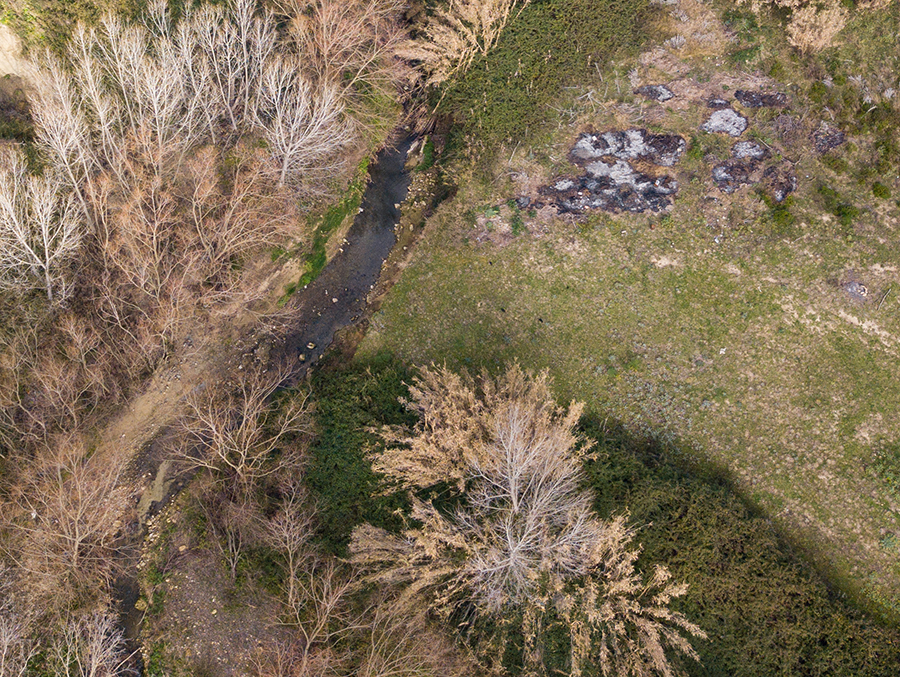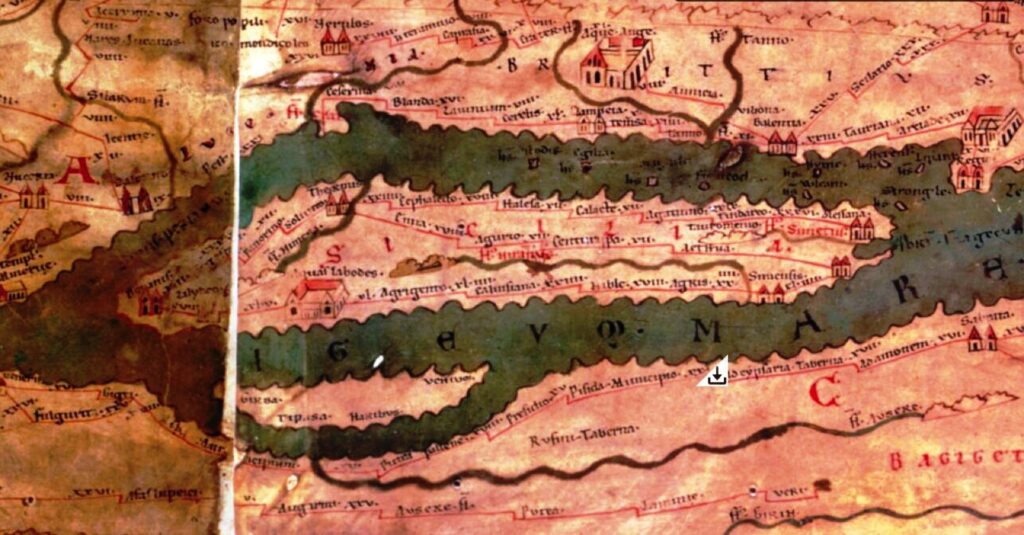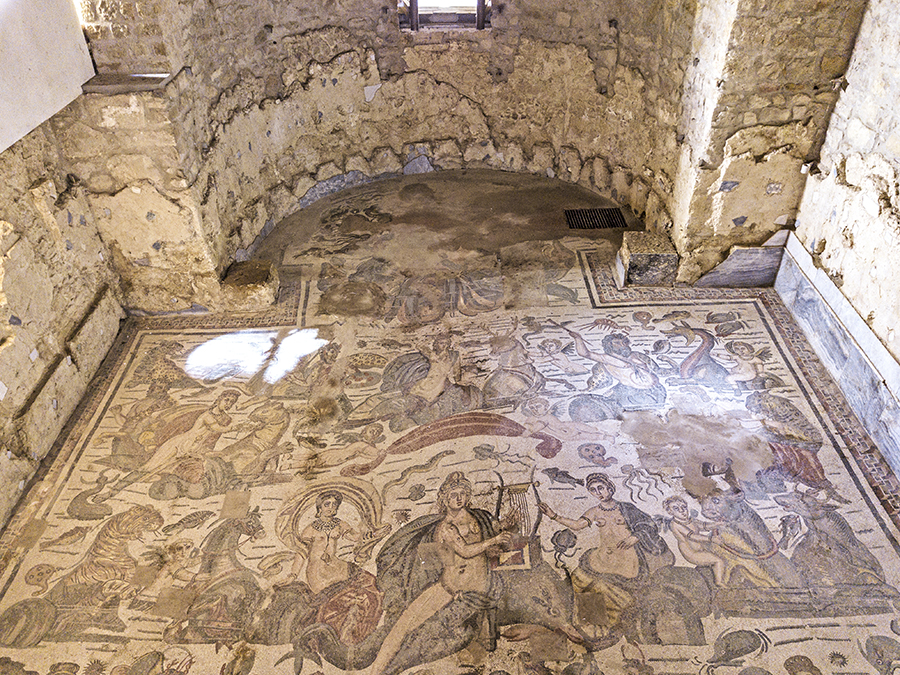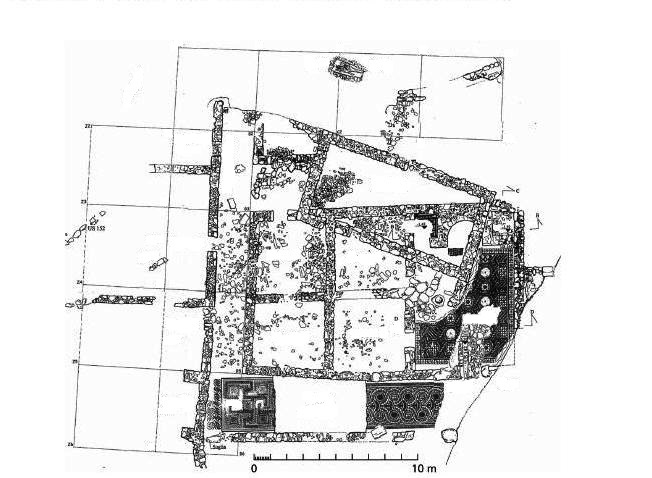Located in a lush hilly area thanks to the presence of the Gela river, the Villa Romana del Casale forms the residential part of a large latifundium, a group of land estates, the massae, which were not necessarily neighbouring, that the late antiquity aristocrats owned in different regions of the Empire. In Sicily in particular, the 4th century AD marked a resumption of agricultural activity, linked to the island’s new role of supplying grain to the city of Rome, after Egyptian grain was transferred to the new capital, Constantinople.
In Sicily in particular, the 4th century AD marked a resumption of agricultural activity, linked to the island’s new role of supplying grain to the city of Rome, after Egyptian grain was transferred to the new capital, Constantinople.
It is believed that the villa was connected to the
latifundium
of
Philosophiana
, whose name is shown on an itinerary, about halfway along the route between Catania and Agrigento.
 The construction of a large residence like the Casale is due, on the one hand, to the size and importance of the latifundium, of which it formed the administrative and managerial centre. On the other hand, the residence, due to its architectural and decorative characteristics, had to reflect the prestige and culture of the Dominus who, due to his high-ranking position, almost certainly suggested the scenes shown in its floor mosaics.
The construction of a large residence like the Casale is due, on the one hand, to the size and importance of the latifundium, of which it formed the administrative and managerial centre. On the other hand, the residence, due to its architectural and decorative characteristics, had to reflect the prestige and culture of the Dominus who, due to his high-ranking position, almost certainly suggested the scenes shown in its floor mosaics. The Villa del Casale is not the only example in the territory of Enna of a residential structure embellished with mosaics and linked, at the same time, to cultural production. In fact, it is worth mentioning the
Villa di Gerace
The Villa del Casale is not the only example in the territory of Enna of a residential structure embellished with mosaics and linked, at the same time, to cultural production. In fact, it is worth mentioning the
Villa di Gerace
in Enna, which is currently being excavated.
